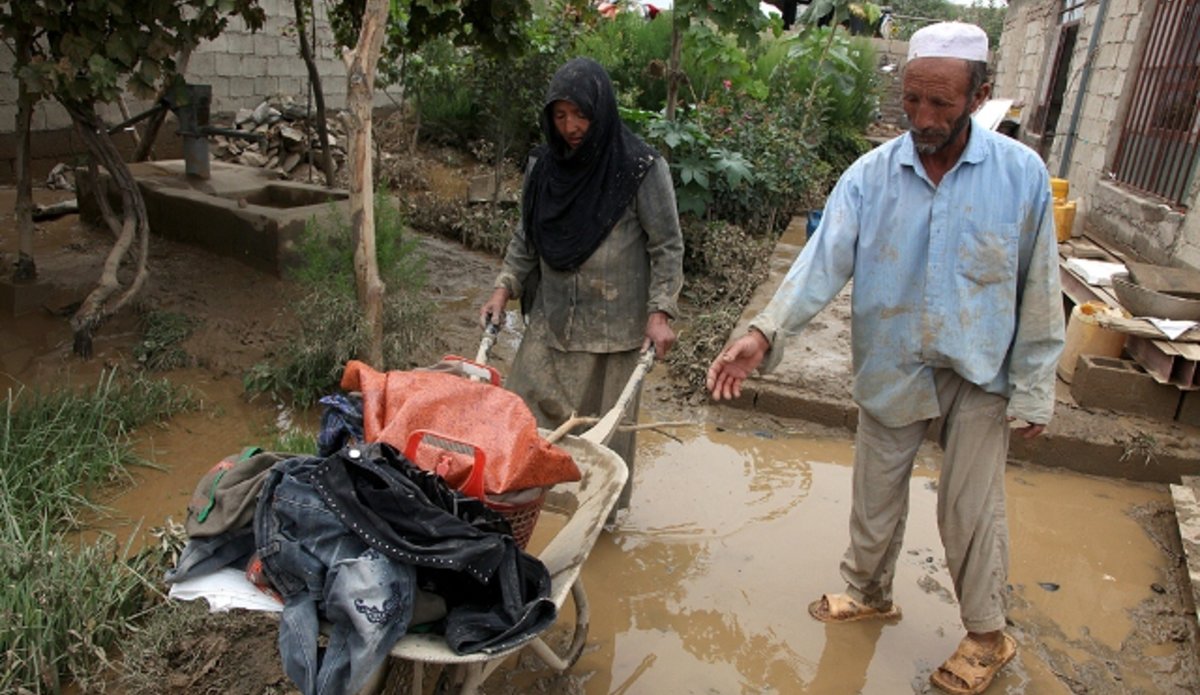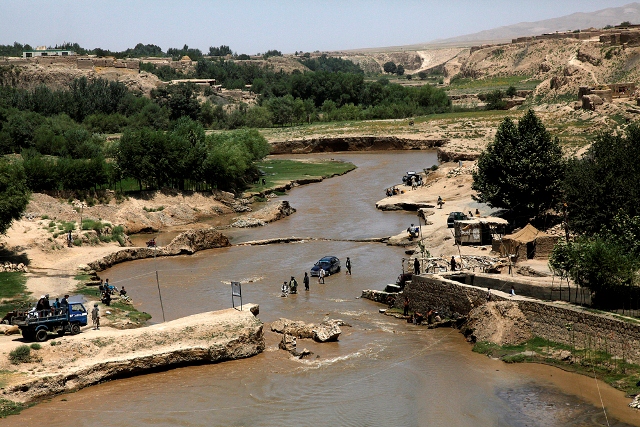On disaster risk reduction day, UN chief calls for inclusion of disabled people in planning
KABUL - In his message for the International Day for Disaster Reduction (IDDR), the United Nations Secretary-General, Ban Ki-moon, has called for greater efforts in ensuring that all persons with disabilities have the highest possible levels of safety and the greatest possible chance to contribute to the overall wellbeing of society.
“Unfortunately, most persons with disabilities have never participated in disaster risk management or related planning and decision making processes,” said Mr. Ban. “They suffer disproportionately high levels of disaster-related mortality and injuries.”
“Let us build an inclusive world where persons with disabilities can play an even greater role as resourceful agents of change,” he added.
The IDDR is observed every year on 13 October with the aim of raising awareness of how people are taking action to reduce their risk to disasters. It began with a General Assembly resolution in 1989 designating the second Wednesday of October as the International Day for Natural Disaster Reduction. This was followed by another resolution, in 2009, designating 13 October as the date to commemorate the Day and changing its name to the International Day for Disaster Reduction.
The theme for this year’s IDDR is ‘Living with Disability and Disasters’ and recognizes the role of the more than one billion people living with a disability in fostering resilience.
“Early warning systems, public awareness campaigns and other responses often fail to consider the needs of persons with disabilities, putting them at an unnecessarily elevated risk and sending a harmful message of inequality,” Mr. Ban said. “We can change this situation by including persons with disabilities in disaster resilience initiatives and policy planning.
“Persons with disabilities are the biggest untapped resource for disaster planners around the world,” said Firoz Ali Alizada, a double amputee from Afghanistan who responded to a UN survey which uncovered scores of stories that speak to the ingenuity and drive of persons with disabilities to manage risk from disasters.
Afghanistan is prone to a number of natural disasters: earthquakes, flooding, drought, landslides, and avalanches. Earthquakes are relatively frequent, particularly in the country’s north and northeast, and often trigger landslides. Floods are common in the spring when snow begins to melt and rainfall is heavy.
According to the Afghanistan National Disaster Management Authority (ANDMA), over 200 people lose their lives annually in Afghanistan due to natural disasters and some 10,000 people are internally displaced each year due to natural disasters. In addition, over three decades of conflict, poverty, underdevelopment and environmental degradation have contributed to increasing the vulnerability of Afghans to natural disasters.
According to estimates, approximately 800,000 people are living in Afghanistan with disabilities, many of them are illiterate, unemployed and lack access to sufficient health services and other opportunities.
According to a 2005 survey conducted by Handicap International, an international non-governmental organization, in collaboration with the Afghan authorities, one in five households in Afghanistan has a disabled person.
 UN
UN











